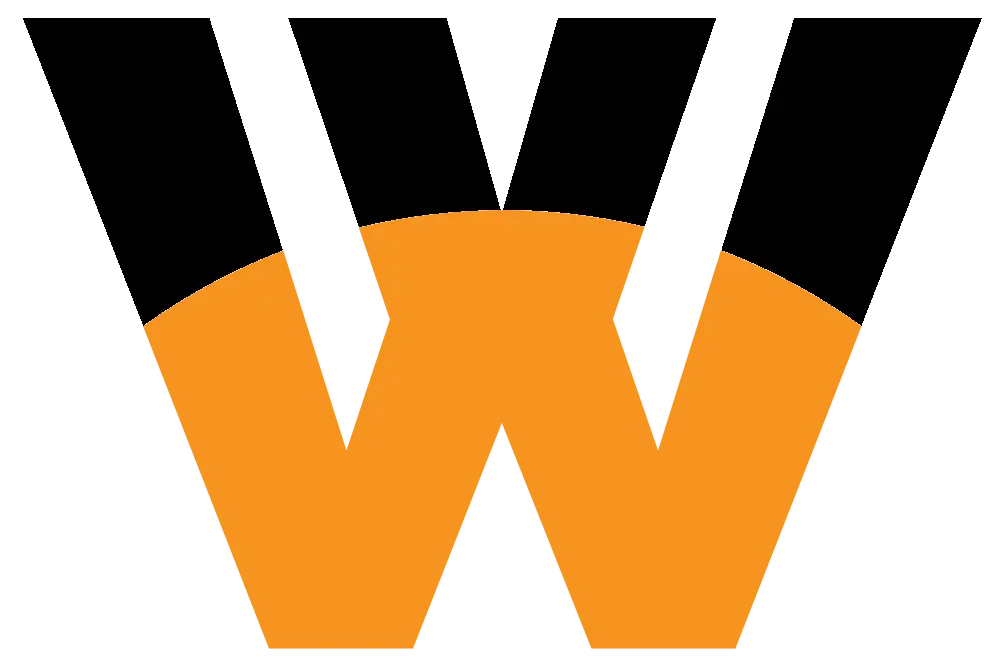The basics
- A solar panel has two wires coming out from it, a + and -. The + and - refer to each wire's "polarity"
- Each wire usually has a special connector on the end, usually an "MC4"
- To be used, a solar panel must get hooked up to a charge controller. "Inverters" or "power stations" often have one or more charge controllers for solar.
You can see the concepts of series and parallel at work on our Solar Panel Finder. We tell you which wiring options produce the most power per dollar for a DIY system.
Why do solar panel wiring options matter?
How you wire together your solar panels will determine:- Compatibility: Charge controllers have certain limits that must be followed for safety and to prevent damage.
- Power production: Wiring also determines how much power you can get from a set number of panels
So what is "series" and "parallel"?
These two concepts can be used together in systems, but for now let's talk about them separately. We'll use the analogy of people holding hands to help explain. It's a little weird, but to start it's more intuitive than talking about electricity.The physical connections
 Series hand-holding
Series hand-holding Parallel hand-holding
Parallel hand-holdingSeries hands
 Let's pretend the people in these pictures represent solar panels. And just like a solar panel has
two wires, one + and one -, each person has two arms. Let's say left arm is - and right arm is +. You
can see in the series picture that the people are standing side-by-side in a line. Each person's -
arm holding the next person's + arm. And the first and last person in line has a free arm, one - and
one +. This is a great analogy to the physical connections made in a series solar panel string. By the way,
"string" means line of panels connected in series. Panels are connected together like a chain, with
a free wire on each end of the string.
Let's pretend the people in these pictures represent solar panels. And just like a solar panel has
two wires, one + and one -, each person has two arms. Let's say left arm is - and right arm is +. You
can see in the series picture that the people are standing side-by-side in a line. Each person's -
arm holding the next person's + arm. And the first and last person in line has a free arm, one - and
one +. This is a great analogy to the physical connections made in a series solar panel string. By the way,
"string" means line of panels connected in series. Panels are connected together like a chain, with
a free wire on each end of the string. Parallel hands
 Now let's look at the parallel picture. The people are all holding their right arms into the
center of a circle. Every person is touching the same spot with their right hand, so all their
right hands are basically connected. This is what happens in a parallel wiring. All the + wires
are connected together in one spot, and all the - wires are connected in one spot.
Now let's look at the parallel picture. The people are all holding their right arms into the
center of a circle. Every person is touching the same spot with their right hand, so all their
right hands are basically connected. This is what happens in a parallel wiring. All the + wires
are connected together in one spot, and all the - wires are connected in one spot.The electrical connections
Each type of physical connection listed above has a corresponding electrical behavior.Series
Voltage (Volts) of each panel adds up, current(Amps) settles on the lowest value of all the panelsVoltage and Current - 3S2P
3 Series 2 Parallel
+
← Parallel junctions →
-
Charge controller

